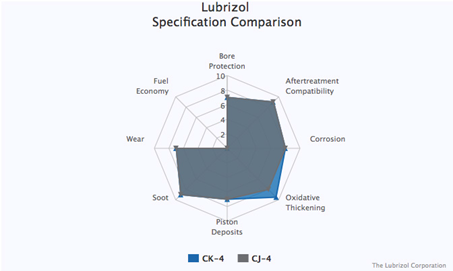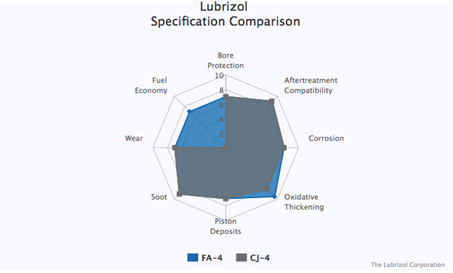The basics of lubricants: a closer look at ACEA and API specifications for heavy-duty vehicles (4/9)

What's ACEA, what's API, and how do their specifications relate? Discover it here.
This is the second article about specifications in our series on the basics of lubricants. Today, we're zooming in on specifications for heavy-duty vehicles such as trucks and buses.
The vital role of specifications in heavy-duty
Lubricants for heavy-duty vehicles and their advanced features are a hot topic today:
- Without heavy-duty vehicles, there would be no global economy as we know it today — and they will continue to play their key role. At the same time, these vehicles have a significant impact on the state of our environment due to greenhouse gas emissions. Lubricants help limit these emissions.
- Fleet operators care about vehicle productivity and total cost of ownership. Here also, lubricants are a vital element.
The ACEA E Oil Sequences
Founded in 1991, ACEA stands for Association de Constructeurs Européens d’Automobiles, or in English: European Automobile Manufacturers' Association.
In short, ACEA is an advocate for the automobile industry in Europe. They represent manufacturers of passenger cars, vans, trucks and buses with production sites in the EU. Members of the Association include the national associations for the automobile industries, plus most of the OEMs.
With its European Oil Sequences, ACEA provides minimum standards for oils. These are the standards that ACEA members demand for using these oils in their vehicles, and are also called specifications. Their 'E' class oil sequences cover heavy-duty engines.
Why did ACEA upgrade their sequences for 2016?
ACEA's previous sequences were published in 2012. There are three main reasons why ACEA defined new sequences in 2016:
- Engine manufacturers are increasingly concerned over oxidation and cleanliness. This is due to the wider use of biodiesel and alternative fuels (think methanol and ethanol).
- The fuel combustion process of new engine platforms is more efficient and generates higher temperatures and lower levels of soot
- The latest engines use newer and more sophisticated sealing materials.
The 2016 sequence upgrade means that lubricants with ACEA specification get an upgrade in both quality and performance.
You can recognise the new ACEA specifications by the suffix that indicates the 2016 upgrade: E4-16, E6-16, E7-16 and E9-16.

The 2016 edition of the ACEA E6 boasts bore protection, the highest level of after-treatment compatibility and corrosion protection.
The key role of HTHS
HTHS stands for High Temperature High Shear. As engine hardware designs have evolved, 'HTHS' best describes their operating conditions, especially in the camshaft, journal bearing piston ring and liner areas.
Some engine oils are designed to deal with these conditions. They are called 'low HTHS', a feature that is widely associated with increased fuel efficiency. The HTHS number represents the resistance to flow of the oil in hot engines.
About sequence upgrades by API
API is the American Petroleum Institute and it represents America's oil and natural gas industry. It has more than 625 corporate members from all segments of the industry.
Like ACEA, API defines specifications for engine oil. And just like ACEA did, API introduced new categories in 2016 to define lower HTHS viscosity lubricants after a request by OEMs back in 2011.
These categories are:
- API CK-4, which supersedes the longstanding API CJ-4;
- and API FA-4, which matches API CK-4's performance but is even more fuel efficient.

One of API CK-4's improvements compared to API CJ-4: increased thickening through oxidation

API FA-4: a radical increase in fuel economy when compared to API CJ-4
The remaining active API specifications are:
- API CJ-4: Active performance category for all engines including those with advanced emissions systems.
- API CI-4 PLUS: Active performance category for high soot applications and high EGR.
- API CI-4: Active performance category for high soot applications and high EGR.
- API CH-4: Active performance category for engines without advanced after-treatment emissions systems.
What's next when it comes to reducing emissions and increasing fuel efficiency?
Target emission limits for trucks and buses are in force, and they're getting increasingly tighter. However, there is no system in place for measuring CO2 emissions in Europe - yet. It is likely though that the EU will introduce engine efficiency targets and will start to measure emissions.
Engine manufacturers are already looking for ways to make engines more efficient and save money in the process. Engine hardware design will continue to improve.
ACEA is expected to issue a new round of oil sequences in 2018. Possibly named ACEA E8 and ACEA E11, these will mark even better fuel efficiency. Further, a new 'F' category of low HTHS viscosity lubricants is said to be introduced in 2018.